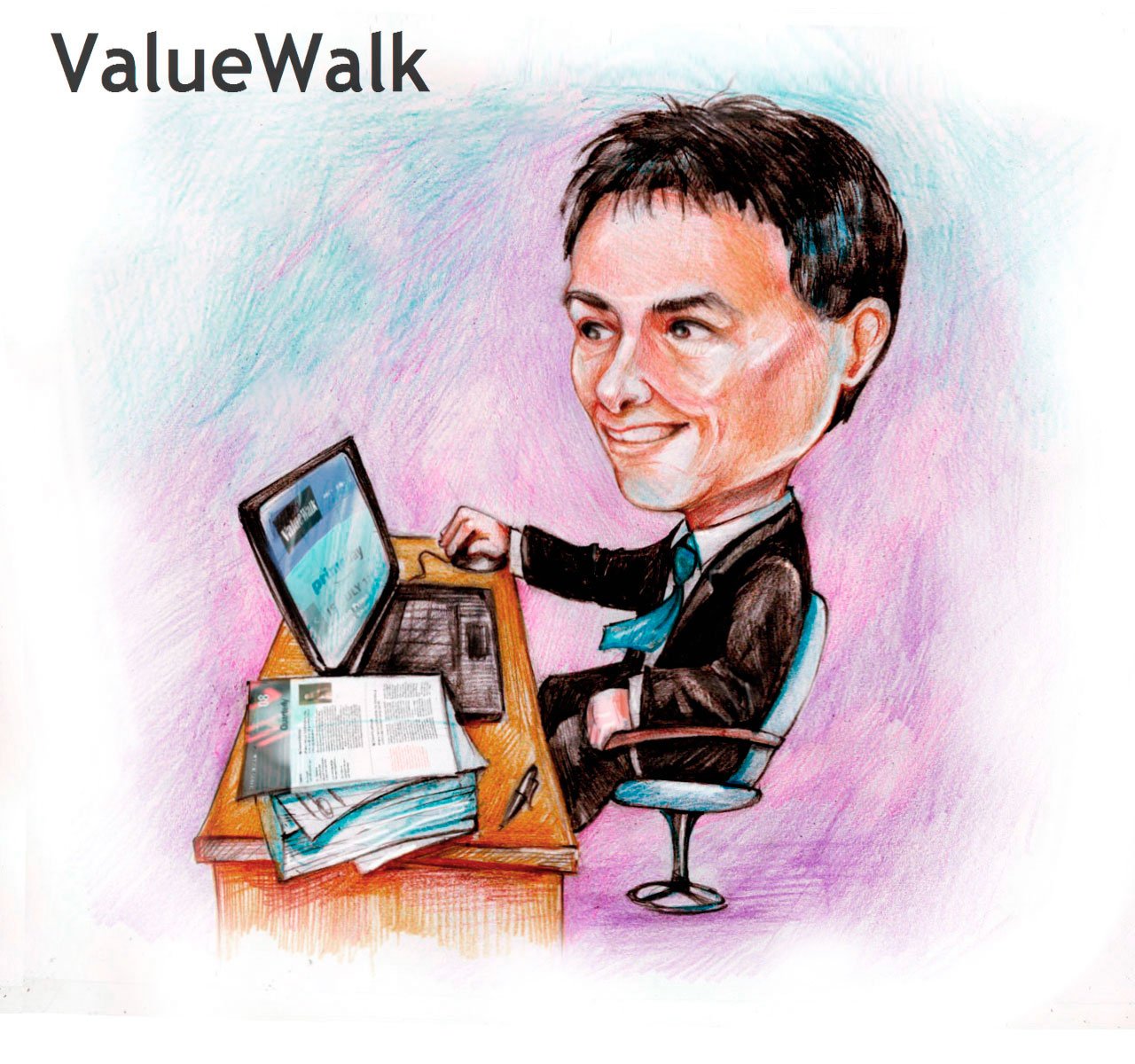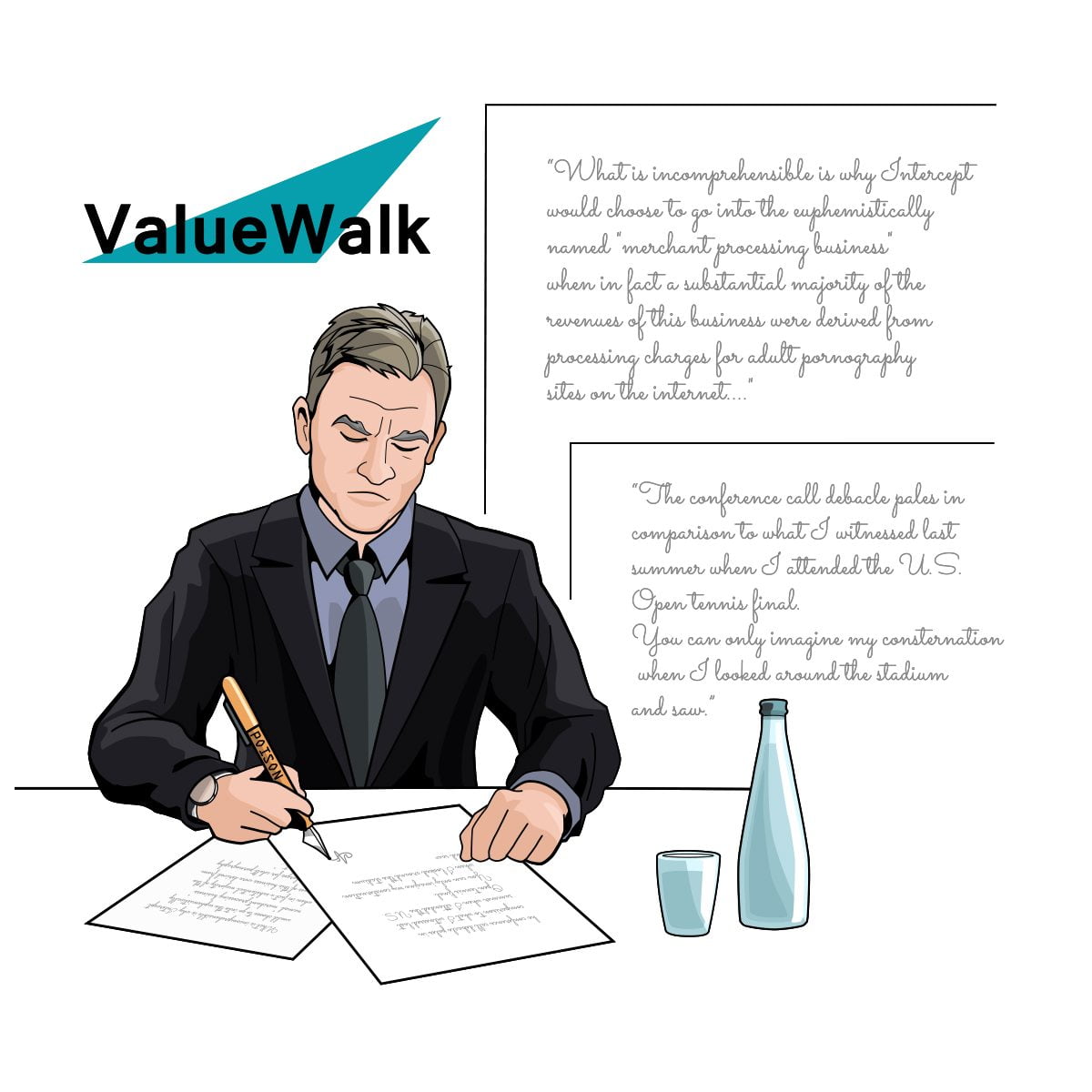More VC rounds have been completed in New York since 2010 than any US city outside of San Francisco. In our latest Venture Ecosystem FactBook, we comprehensively assess the status of New York’s venture scene and provide a wealth of data to explore how Silicon Alley has become one of the most powerful VC hubs in the US.
Key datasets include:
- A breakdown of investors active in NY
- Economic indicators
- VC investment in female-founded startups
- Median pre-money valuations
- VC activity by size and sector
Introduction
Narratives tend to be hard to control. In the case of the New York venture and startup ecosystem, most current headlines will posit that “Silicon Alley” has yet to live up to how much it was hyped around four or five years ago. And yet, just over a year ago, posts and articles began appearing asking and firmly answering yes to the question of whether the area’s ecosystem was finally catching up to the hype.
But actual, data-driven assessment of health matters more than headlines of any sort. And, as always, candid analysis reveals a decidedly un-dramatic mixture of yes and no when it comes to whether NY has firmly established its place as the second-most prominent venture ecosystem in the US. Yes, investment activity in the NY metropolitan statistical area (MSA)—which includes northern New Jersey, it should be noted—soared to unprecedented heights in the past few years—yet it has not escaped the general moderation of the US venture investing cycle. Yes, NY enjoys unique advantages when it comes to talent given its sheer size, diversity and cultural appeal—yet it remains pricey and does not yet possess the sheer concentration of capital across the entire funding lifecycle that Silicon Valley does...or will it soon? Will Cornell-Technion’s new venture on Roosevelt Island help augment the engineering talent supply, eventually? There is much to explore before forming conclusions, and in the following pages we detail everything from venture financing by size to domestic fundraising in order to do so.
This is just the latest entry in our series of reports focused on exploring US venture ecosystems at a more granular level, relying most heavily on PitchBook datasets but also including relevant figures sourced from outside providers. We welcome your feedback and questions—reach out to us at [email protected]. Special thanks to RRE Ventures, Braemar Energy Ventures, Catalyst Investors and the National Venture Capital Association, among others, all of whom assisted in the production of this report.
Garrett James Black
Manager, Custom Research & Publishing
New York in the US Venture Ecosystem
Snapshot of the NY MSA’s size within the US venture ecosystem as a whole
In early August 2016 we released the first US Venture Ecosystem: FactBook, the largest PitchBook report ever and a compendium of venture and relevant economic datasets for the top 12 (by overall venture activity) metro areas within the US.
Within the US venture industry, Silicon Valley is so predominant that in assessing venture ecosystems broken out by MSA it necessitated splitting out San Francisco and San Jose. That said, New York was still second in terms of total capital raised by VC fund managers, as well as total volume of completed venture financings. Third place for most VC invested since 2010 merely further reflects how the New York MSA is clearly second in the nation, after the Bay Area.
Pricey but worth it?
New York’s current economic condition & recent trends
When it comes to a metro area as large and dynamic as New York’s, it’s difficult to avoid painting with fairly broad strokes. For the purposes of this report, the select statistics are primarily included to provide the reader with a general grasp of a given region’s economic backdrop.
The cost of living still precludes some from considering New York City, while its allure remains too strong for others to resist. Data reveals that prices have indeed remained high, while rental rates by and large (although there are plenty of competing reports that ultimately only go to show how fickle rental market numbers can be) are still growing. That said, growth indicators are also present, with unemployment declining, earnings creeping up, and GDP growth steady even if slower on a per capita basis. The balanced conclusion from these disparate trends is one which many young workers in tech or related fields have come to over the past few years: The opportunities available in NYC are worth spending a lot of money on rent. For those seeking to be socially conscious, it is worth noting the overall national trend of urban metro areas becoming increasingly pricey for middle-class and lower inhabitants definitely holds true in NYC, with a recent Apartment List report stating that 54.1% of renters are costburdened.
Interestingly, when it comes to the closely related indicator of wages, workers in the NYC tech ecosystem earned 49% more than the average city-wide hourly wage, according to a 2013 report per HR&A Advisors. In addition, jobs within that ecosystem that didn’t require bachelor’s degrees paid 45% more than those in other industries. Although potentially outdated, those trends are likely to have held true given the nationwide competitive market for tech talent, once again reinforcing the conclusion that NY may be pricey, but still worth it. Engineering roles do remain the most challenging to fill, on an anecdotal and survey* basis, while talent remains a considerable barrier to growth, so such a conclusion is heartening for NY’s prospects, as is the continued health of the talent pipeline from local schools.
The cycle moderates
An overview of New York’s venture investment activity
Early-stage competition takes toll
It is clear the venture investment cycle in the NY metro area, much like the US in general, has entered a stage of moderation after its most significant ramp-up since the dot-com era. As is typical of the later stages of price and sentiment cycles, players in the market are responding to still-elevated costs by decreasing activity at the riskiest or earliest of stages. That isn’t the sole driver of diminishing angel and seed activity—increasing sophistication on the part of founders and investors alike have resulted in the frequency of fundings decreasing as they grow more targeted and data-driven in general, among others. Meanwhile, primarily thanks to the preponderance of capital available to the national venture industry, the late stage is still seeing significant funding levels, in a sign of a healthily correcting, not crashing, cycle.
Highly active early-stage players point toward more established ecosystem down the road
Perhaps one of the clearer signs that the New York startup ecosystem has recently begun truly living up to previously observed hype is the sheer number of active early-stage investors. Both 2014 and 2015 recorded close to or just over 200 active accelerators, incubators or early-stage venture funds within the NY MSA. Of course, such activity is not bound to persist, as the next few years likely shall result in a culling of the herd to at least some degree. But even in the current environment, wherein so much money has been flowing to private markets, capital doesn’t come to a startup ecosystem without a justifiably fastgrowing base of potential enterprises being launched, especially in such numbers. Investors report more frequent gatherings, tech meetups and the like than at any other point in the past five years, as well. Given the broader context of the overall investment cycle tempering, the NY MSA tech scene is more active than in years past, and simply experiencing a period wherein once-fledgling enterprises have now matured and require nurturing alongside a stillburgeoning crop of nascent startups looking to meet higher hurdles.
Financing of female-led startups follows overall cycle
Especially in light of the ongoing conversation around diversity within the VC universe, it is important to consider trends in financing of femaleled companies. Comparisons among various US MSAs warrant a deeper dive that will be forthcoming in a separate post on PitchBook News & Analysis, but by and large, what is interesting to note is that after peaks of early-stage fundings of companies with at least one female founder from 2013 to 2015, there is a decent increase in commensurate late-stage a year or so later, tracing aggregate investment patterns closely.
Read the full article here by PitchBook







